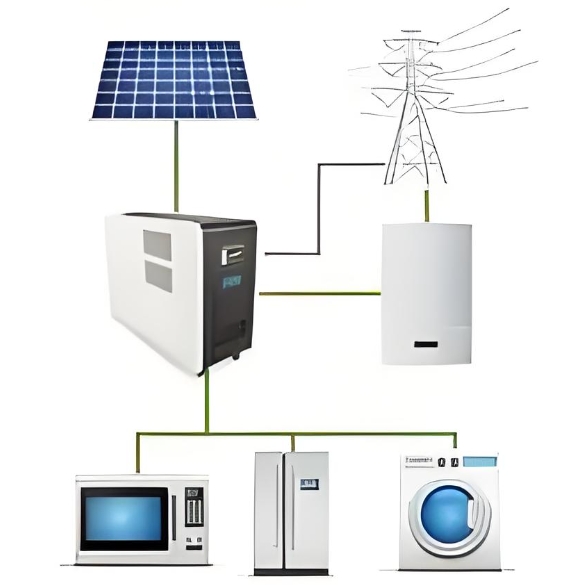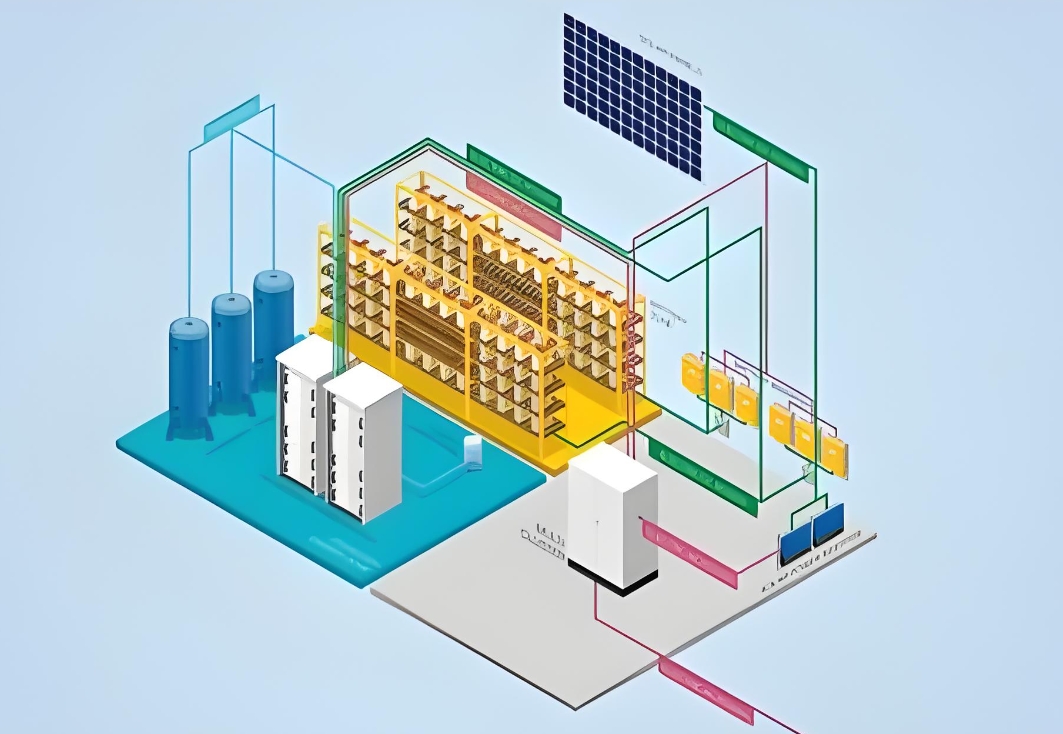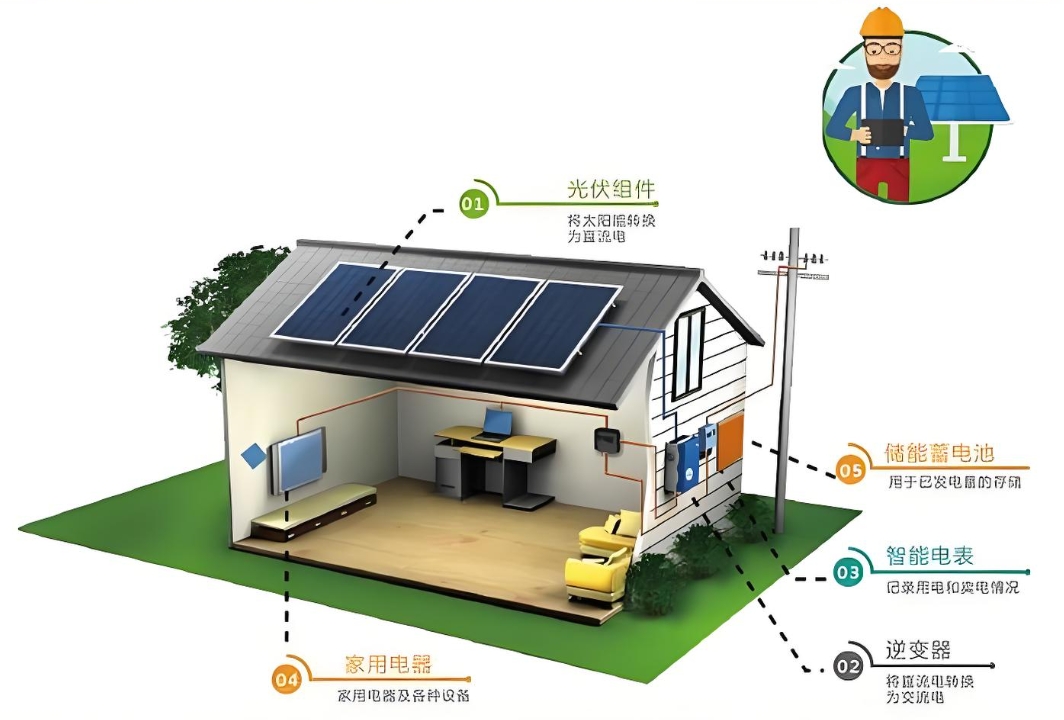battery solar energy price?
The price of solar batteries, also commonly referred to as solar energy storage batteries, is a complex subject influenced by various factors such as technology advancements, market demand, production costs, government policies, and environmental considerations. While a specific price point like "$0.19 per solar panel in 2025," as mentioned in relation to Elon Musk's comments, may grab headlines, it's crucial to understand the broader context surrounding solar battery pricing.
Overview of Solar Batteries
Solar batteries are devices designed to store the electricity generated by solar panels for later use, particularly during periods when sunlight is unavailable, such as at night or on cloudy days. These batteries play a vital role in the transition to renewable energy by providing a reliable and consistent supply of electricity, thereby enhancing the efficiency and reliability of solar power systems.
Factors Influencing Solar Battery Prices
Technology Advancements: Innovations in battery technology have significantly impacted prices. Improvements in battery chemistry, such as the development of lithium-ion batteries with higher energy densities and longer lifespans, have helped reduce costs while improving performance. Additionally, advancements in battery management systems (BMS) have enhanced safety, efficiency, and overall system performance.
Market Demand: The growing demand for renewable energy sources has fueled the expansion of the solar battery market. As more consumers and businesses adopt solar power systems, the demand for storage solutions has increased, driving competition and potentially lowering prices through economies of scale.
Production Costs: The cost of producing solar batteries is influenced by factors such as raw material prices, manufacturing efficiency, and labor costs. Reducing these costs through technological innovations and improved production processes can lead to lower battery prices.
Government Policies: Government incentives and regulations play a significant role in shaping the solar battery market. Subsidies, tax credits, and rebates can lower the upfront cost of installing solar batteries, making them more accessible to consumers. Additionally, policies promoting renewable energy and reducing greenhouse gas emissions can create a favorable market environment for solar battery manufacturers.
Environmental Considerations: The environmental impact of battery production and disposal is an important consideration. Efforts to develop more sustainable battery materials and recycling processes can help reduce the overall cost of battery ownership by minimizing environmental liabilities and potential regulatory costs.
Current Market Trends
The solar battery market is experiencing rapid growth, driven by advancements in technology, decreasing costs, and increasing consumer awareness of the benefits of renewable energy. Key trends include:
Increasing Adoption of Lithium-Ion Batteries: Lithium-ion batteries are the most popular choice for solar storage due to their high energy density, long lifespan, and relatively low cost.
Integration with Smart Home Systems: Solar batteries are increasingly being integrated with smart home systems, allowing consumers to monitor and manage their energy usage more effectively.
Development of New Battery Technologies: Research and development efforts are focused on developing new battery chemistries that offer higher energy densities, faster charging times, and lower costs.
Growing Interest in Renewable Energy: The global shift towards renewable energy sources is driving demand for solar batteries, particularly in regions with high solar radiation and high electricity demand.
Future Prospects
The future of solar battery pricing is uncertain but promising. Continued advancements in technology and increasing market demand are likely to drive down costs, making solar batteries more affordable and accessible to consumers. Additionally, government policies promoting renewable energy and reducing greenhouse gas emissions are expected to create a favorable market environment for solar battery manufacturers.

However, challenges remain, including the need for more sustainable battery materials and recycling processes, as well as the potential for market saturation and price competition as more manufacturers enter the market.
Conclusion
In summary, the price of solar batteries is influenced by a variety of factors, including technology advancements, market demand, production costs, government policies, and environmental considerations. While specific price points like "$0.19 per solar panel in 2025" may be attention-grabbing, it's important to understand the broader context surrounding solar battery pricing. The solar battery market is experiencing rapid growth and innovation, with promising prospects for continued cost reductions and increased adoption in the future.
As consumers and businesses increasingly adopt renewable energy sources, the demand for solar batteries will likely continue to grow, driving competition and potentially lowering prices. However, it's important to stay informed about the latest market trends and technological advancements to make informed decisions about solar battery investments.



